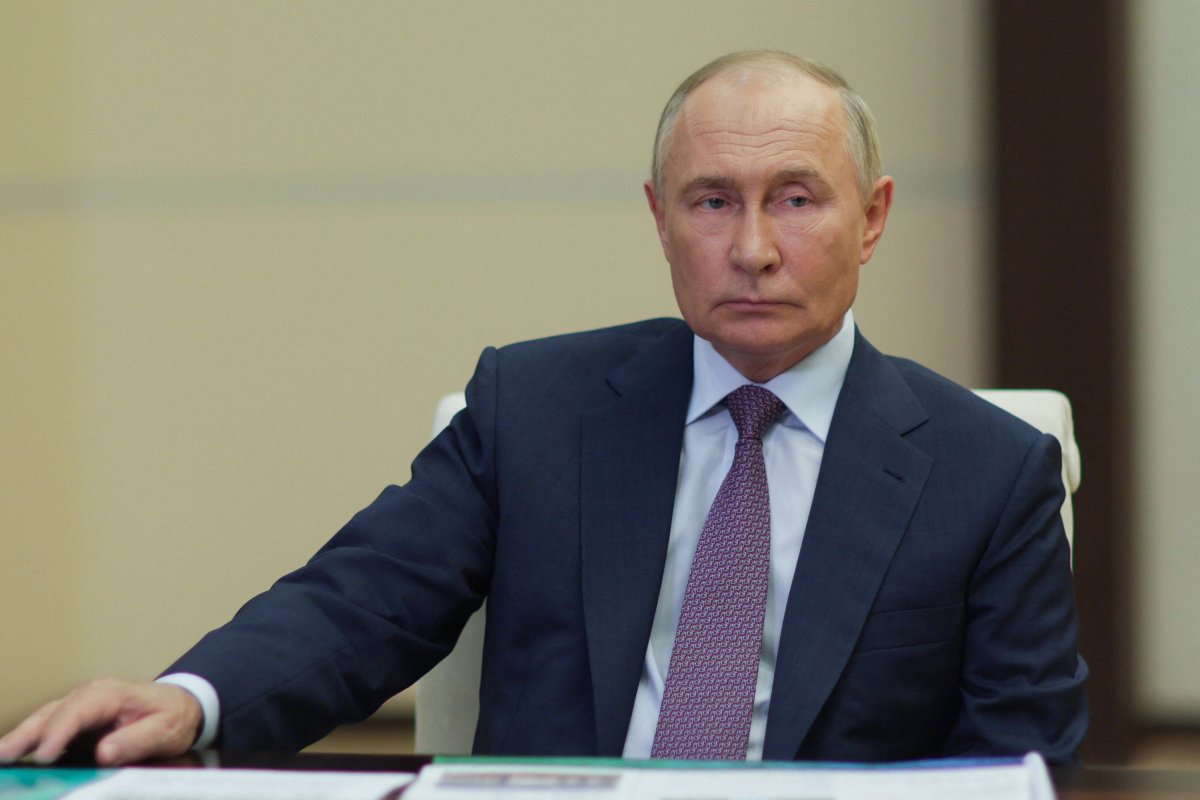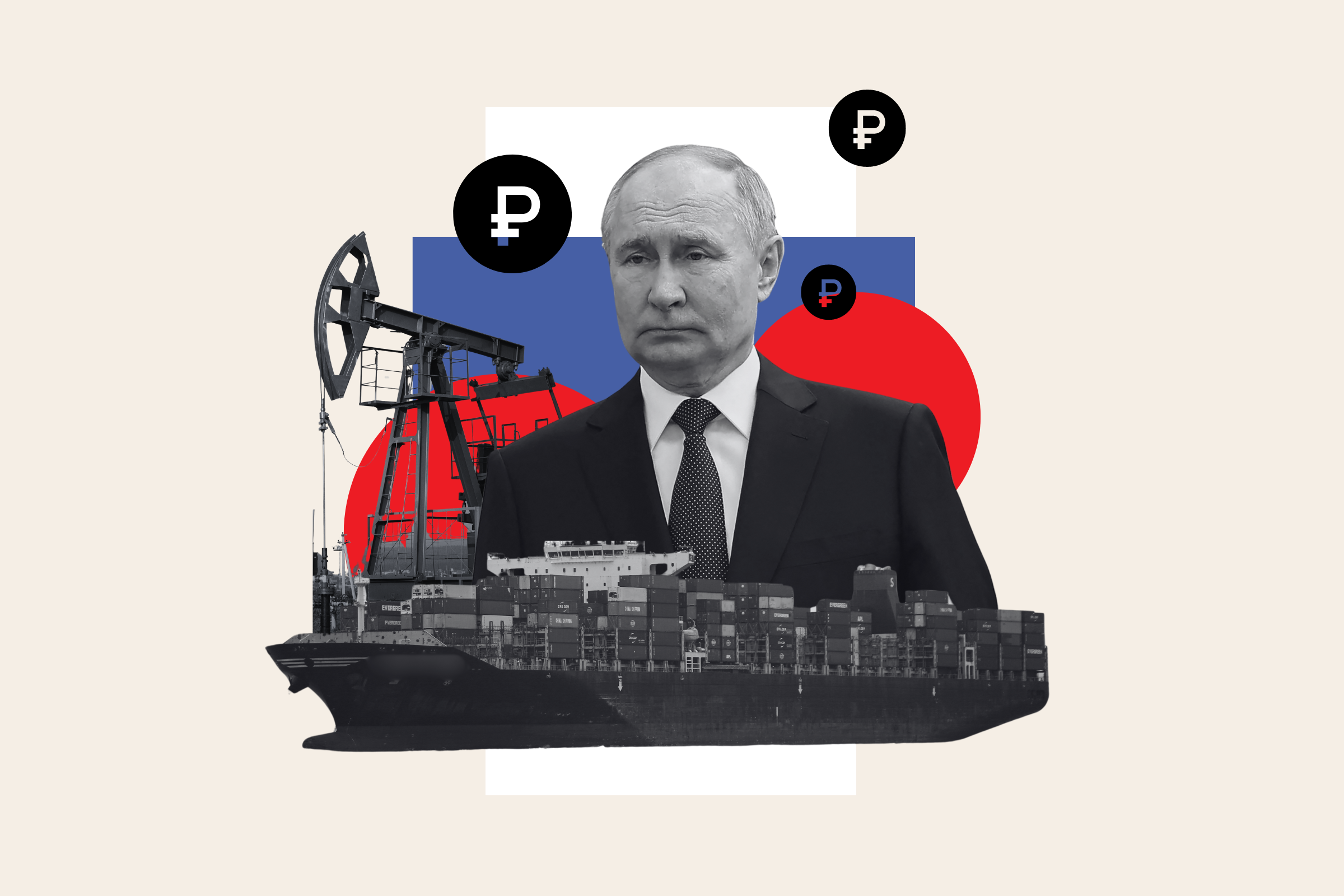A recent report from the Kyiv School of Economics highlights that Moscow is sidestepping oil sanctions using a “core fleet” of 45 tankers. If the West aims to truly undermine funding for Vladimir Putin’s war efforts, these vessels need to be targeted.
Oil exports are vital for Russia’s economy, and since the onset of Putin’s full-scale invasion of Ukraine, international sanctions have increased, including a $60 price cap on seaborne Russian crude oil established by the G7, EU, and Australia in December 2022.
Despite these measures, Russia has managed to create a shadow fleet, where ship ownership is obscured, allowing them to bypass the price cap easily. Any tanker not linked directly to sanctioned entities can evade restrictions.
Many of these operational tankers are older and lack the necessary oil spill insurance, raising concerns over potential environmental impacts.

The KSE Institute’s findings indicate that 307 shadow tankers have transported Russian crude oil at least once in the past six quarters, with 45 repeatedly appearing. According to Benjamin Hilgenstock, a senior economist at KSE, “Not all shadow tankers are equal.”
The report also identified 432 tankers involved in shipping Russian oil products, of which 41 were consistently active across the last six quarters. However, only a small number of these vessels have faced sanctions from the U.S., EU, and U.K.
Despite the price cap, Russia continues shipping around 90% of its crude oil via this shadow fleet, largely funded by countries like India and China, who have stepped in to replace G7 buyers.
Hilgenstock emphasized that the U.S. and its allies need to intensify their targeting of these shadow vessels. “They’re not targeting enough vessels,” he noted, adding that the U.S. scaled back its designation campaign in late 2022.

The KSE report suggests that governments should focus on the “core” shadow fleet vessels to significantly impact Russian oil revenues, thereby compelling Russia to turn to more mainstream fleets that fall under the price cap.
When the price cap first took effect in January 2023, the discount on Urals crude was nearly $40, but this has since narrowed to just $12-$13. The report argues that a strategic increase in designations is critical to restore that wider discount, reducing Russia’s oil export earnings.

